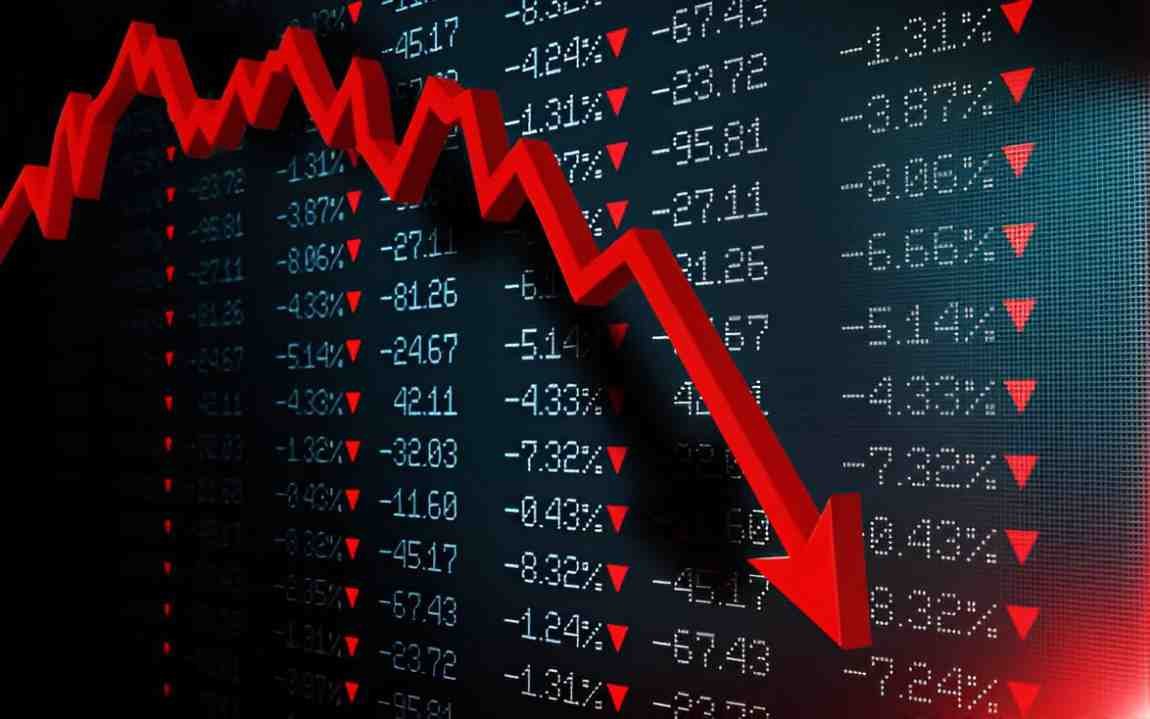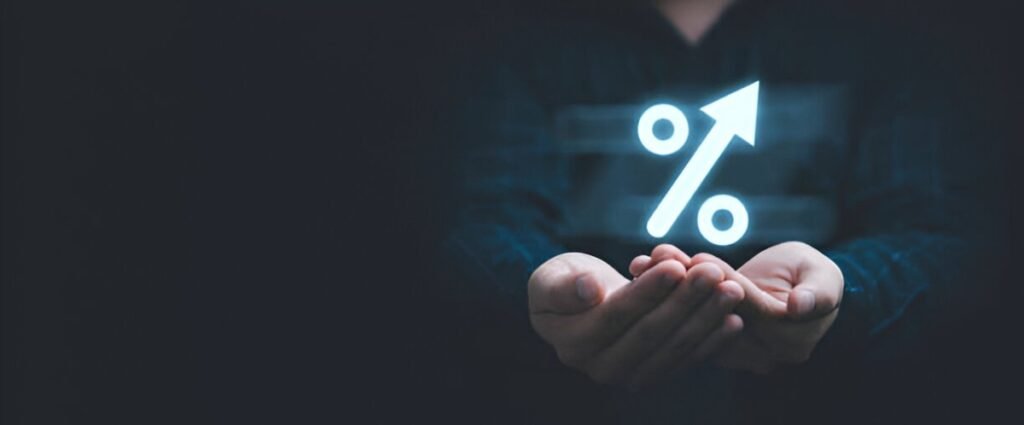Stock markets have an inherent tendency to revert to their mean over time. This principle, known as mean reversion, suggests that asset prices and returns eventually move back toward their historical averages. In this article, I will explore how mean reversion plays a crucial role in stock-market crashes, providing an analytical framework grounded in real-world examples, mathematical calculations, and illustrative comparisons.
Table of Contents
Understanding Mean Reversion
Mean reversion is a statistical concept that applies to financial markets by assuming that prices and returns oscillate around a long-term average. When an asset price deviates significantly from this average, market forces tend to push it back toward equilibrium. This tendency is particularly pronounced in stock-market crashes, where a period of excessive optimism or pessimism is corrected sharply.
Characteristics of Mean-Reverting Assets
To understand how mean reversion impacts stock-market crashes, consider the following characteristics of mean-reverting assets:
| Characteristic | Explanation |
|---|---|
| Long-term equilibrium | Prices tend to return to their historical average |
| Cyclic behavior | Markets experience recurring upswings and downturns |
| Overreaction tendency | Investors tend to overestimate positive and negative changes |
| Statistical predictability | Mean-reverting assets exhibit calculable patterns |
The Role of Mean Reversion in Stock-Market Crashes
Stock-market crashes often follow periods of unsustainable growth or speculation. When prices deviate far from their intrinsic values, mean reversion acts as a natural corrective force. I have observed that the more pronounced the deviation, the sharper the correction.
Phases Leading to a Crash
A stock-market crash typically unfolds in three key phases:
- Accumulation Phase: Market participants gradually push prices upward, driven by positive sentiment.
- Overvaluation Phase: Prices reach unsustainable levels relative to fundamental indicators.
- Correction Phase: A sudden decline brings prices back to their historical mean.
Example: The Dot-Com Bubble
The dot-com bubble of the late 1990s offers a classic illustration of mean reversion in action. Investors drove technology stock prices far beyond their intrinsic values. When reality set in, the market corrected sharply, wiping out trillions in market capitalization.
Calculating the Mean Reversion
Assume the following data for a technology stock during the dot-com boom:
- Historical average price: $50
- Peak price during the bubble: $150
Using a simple mean reversion formula:
\text{Expected Correction} = \text{Peak Price} - \text{Historical Mean} = 150 - 50 = 100The expected reversion suggested a significant downward correction of $100, which materialized when prices crashed to pre-bubble levels.
Factors Contributing to Mean Reversion in Crashes
Several factors drive mean reversion during stock-market crashes, including psychological biases, liquidity constraints, and regulatory interventions.
Investor Psychology
Human behavior plays a critical role in stock-market fluctuations. Investors tend to exhibit herd behavior, buying assets during a boom and selling in a panic during downturns. This cyclical behavior reinforces mean reversion.
Liquidity Constraints
In times of crisis, liquidity evaporates, exacerbating price declines. When investors scramble to exit positions, the market experiences rapid corrections, driving prices toward their historical averages.
Regulatory Actions
Market regulators often intervene to stabilize markets during extreme fluctuations. These interventions, while intended to provide stability, frequently accelerate the mean-reversion process by imposing restrictions on trading activities.
Identifying Mean Reversion Opportunities
For investors, understanding mean reversion offers opportunities to capitalize on market inefficiencies. I have found that identifying potential reversions requires careful analysis of valuation metrics and market sentiment.
Key Indicators of Mean Reversion
| Indicator | Description |
|---|---|
| Price-to-Earnings Ratio (P/E) | Measures valuation relative to earnings potential |
| Relative Strength Index (RSI) | Identifies overbought and oversold conditions |
| Bollinger Bands | Detects extreme deviations from the moving average |
| Market Sentiment Data | Analyzes investor sentiment through surveys and news flows |
Example: 2008 Financial Crisis
During the 2008 financial crisis, banking stocks plummeted well below their historical averages. Savvy investors who recognized mean-reversion opportunities and bought at depressed levels saw significant gains as prices recovered over time.
Calculating Potential Gains
Assume a banking stock with a historical average price of $80 crashed to $30 during the crisis.
\text{Potential Upside} = \text{Historical Mean} - \text{Current Price} = 80 - 30 = 50This suggested a potential return of 166%, highlighting the power of mean-reversion strategies.
Risks Associated with Mean Reversion
While mean reversion provides a valuable framework, it is not without risks. Markets do not always revert on a predictable timeline, and external factors can delay or disrupt the process.
Key Risks to Consider
- Structural Changes: Fundamental shifts in the economy can permanently alter historical averages.
- Prolonged Deviations: Prices may remain overextended for extended periods before reverting.
- Market Manipulation: External interventions can distort natural market cycles.
Conclusion
Mean reversion offers a compelling explanation for stock-market crashes. By recognizing the signs of overvaluation and understanding the psychological and economic forces at play, investors can better navigate market cycles. Whether analyzing historical crashes like the dot-com bubble or the 2008 financial crisis, the principles of mean reversion remain a valuable tool in predicting and responding to market downturns.





